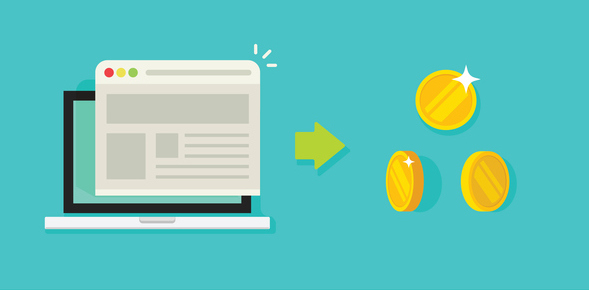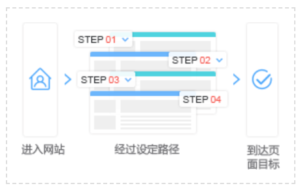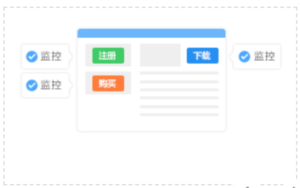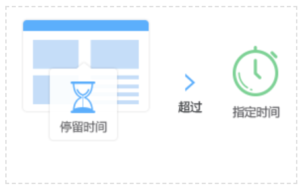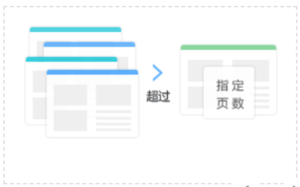Tracking conversions should be the essential part of your China SEM strategy. This post will help you understand what types of Baidu PPC conversion can be tracked and how they can be set up.
If you are familiar with Google AdWords, Baidu PPC conversion types are quite similar. Unlike Google AdWords, the conversions must be first set up within Baidu TongJi, the equivalent of Google Analytics. Then, they can be tracked in both Baidu TuiGuang (Baidu’s “AdWords”) and Baidu TongJi.
First, here is how search engines define a conversion: each instance of visitors completing a desired activity on your website, such as registration or download, is recorded as a conversion.
Here are the examples of conversion targets:
- Obtaining users’ info: registering online, creating an account etc.;
- Contact objectives: requesting consultation, sending a message, calling a phone number, etc.;
- Interactive goals: video playback event, placing item into a shopping cart, sharing content etc.;
- Revenue target: tracking online orders, payments etc.
4 types of Baidu PPC conversion that you can set up for your campaign:
Page conversions
This type of Baidu PPC conversion is triggered whenever a visitor reaches a specific URL. Each such visit will be registered as one conversion. This is the most common type of conversion used by most advertisers.For example, a “thank you” page can be set as an URL that triggers conversion. So, whenever a visitor buys a product, signs up for a newsletter, downloads a file etc. – the next page they reach will be that “thank you” page. As soon as this event happens, Baidu knows that this is a conversion and update the report.
Setting it up is straightforward: all you need is the destination URL that triggers the conversion and define recording method (visits, page views, URL variable). You can also assign a conversion value and track conversion revenue performance.
In more advanced settings, you can also setup a path – the sequence of pages which you want your visitor to go to first before reaching the final conversion URL, in other words, a type of a sales funnel.
Even conversion
It is a bit more advanced way to set up Baidu PPC conversions than a simple. The event conversion is triggered whenever a visitor performs specified actions, such as registration, purchase, download, play, and so on.It can be set using a preview method: user chooses the element on the page and set the conversion event page. If the page where the event is located is not unique, you can use variable part of the URL as a wildcard..
Another method is manually adding event conversion using event element ID.
This type of Baidu PPC conversions also allow you to set conversion value and track revenue.
Duration conversion
This conversion is triggered whenever visitors stayed on the site for longer than the specified time or stayed on a specific page for a specific time duration. This type of conversion can help you to understand whether users have actually read content on the page rather than skipped it.The setup is quite simple: you set the conversion goal as the total time duration of a visits in hours, minutes or seconds.
There is also an option to set monetary value for this type of conversion.
Page visits conversion
This conversion is defined as the total number of pages opened by a visitor in one session.You can simply define the number of pages that must be exceeded in one session and that would be recorded as the conversion. Baidu recommends to set this number to minimum 3 pages.
This type of conversion can also be tracked as the revenue once it has been assigned value in the setting but it is optional.

